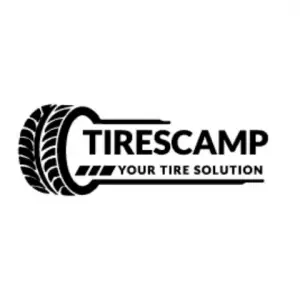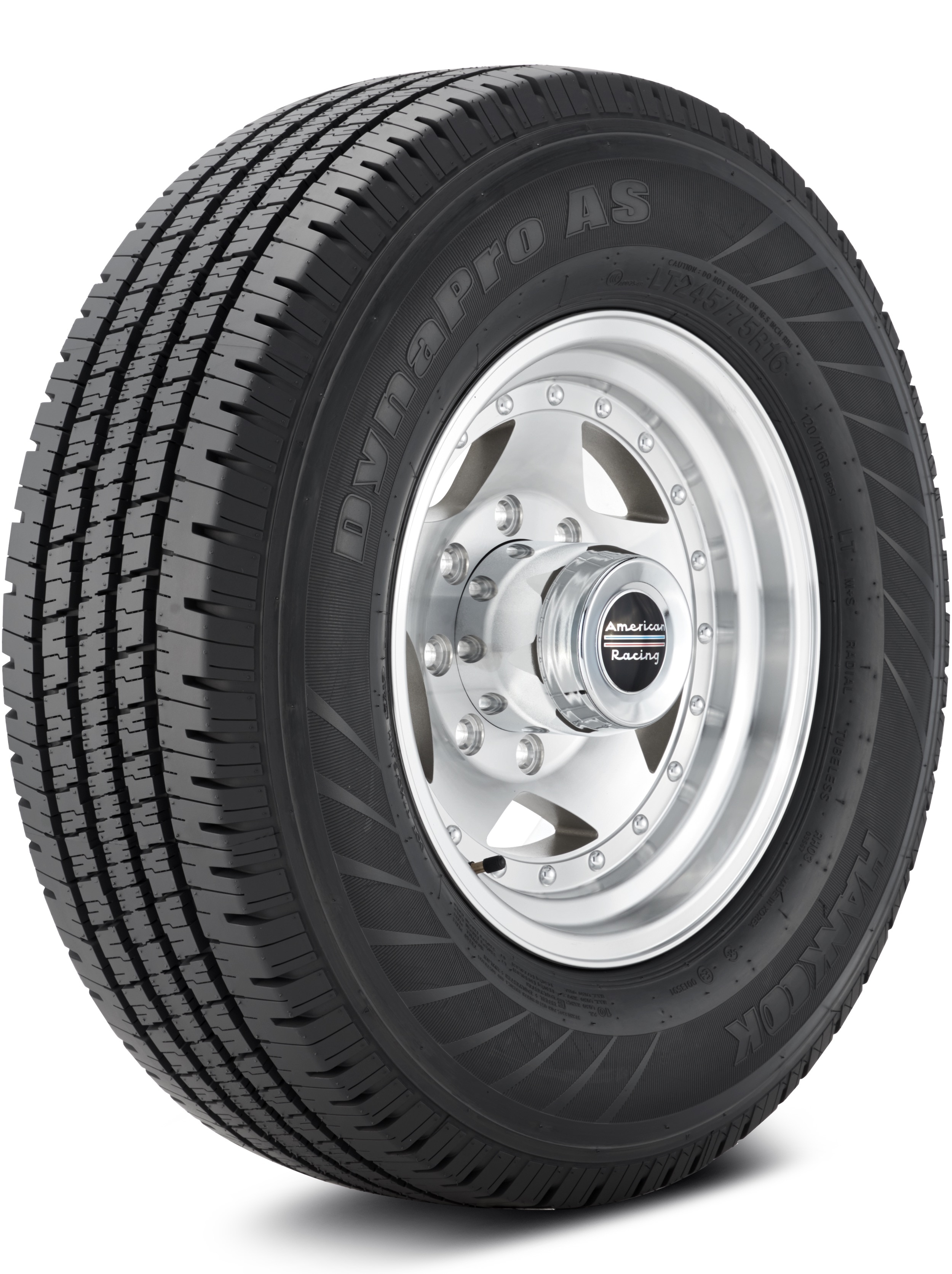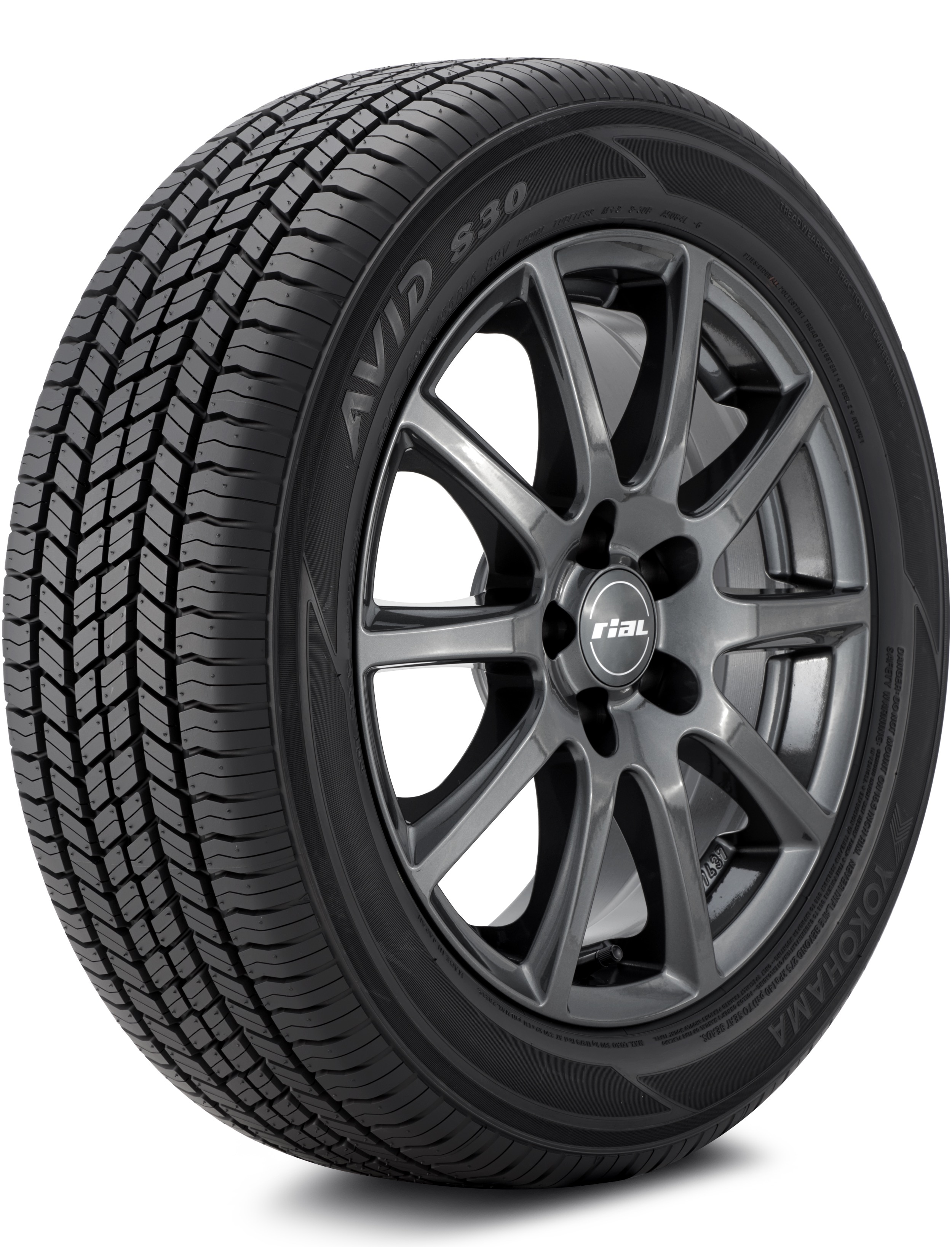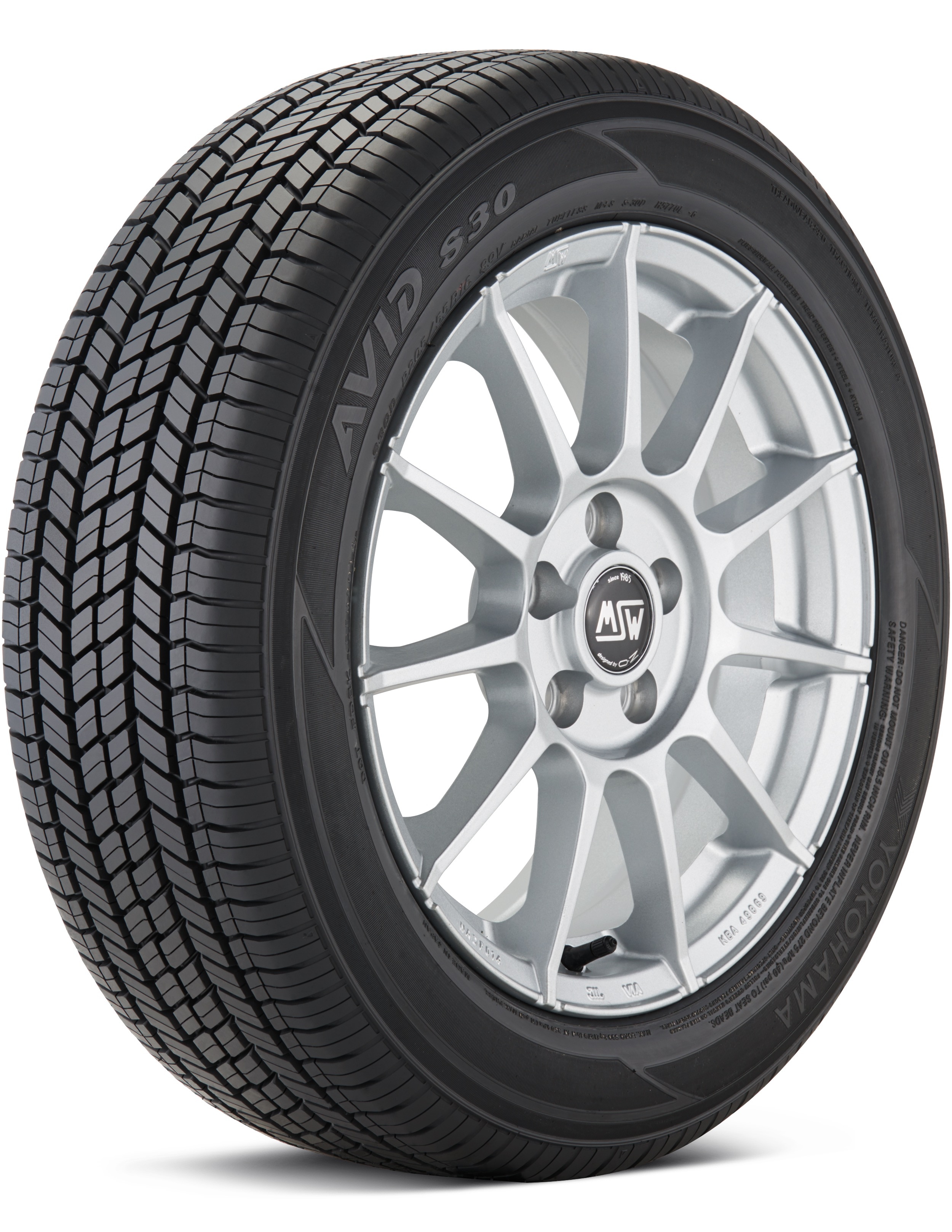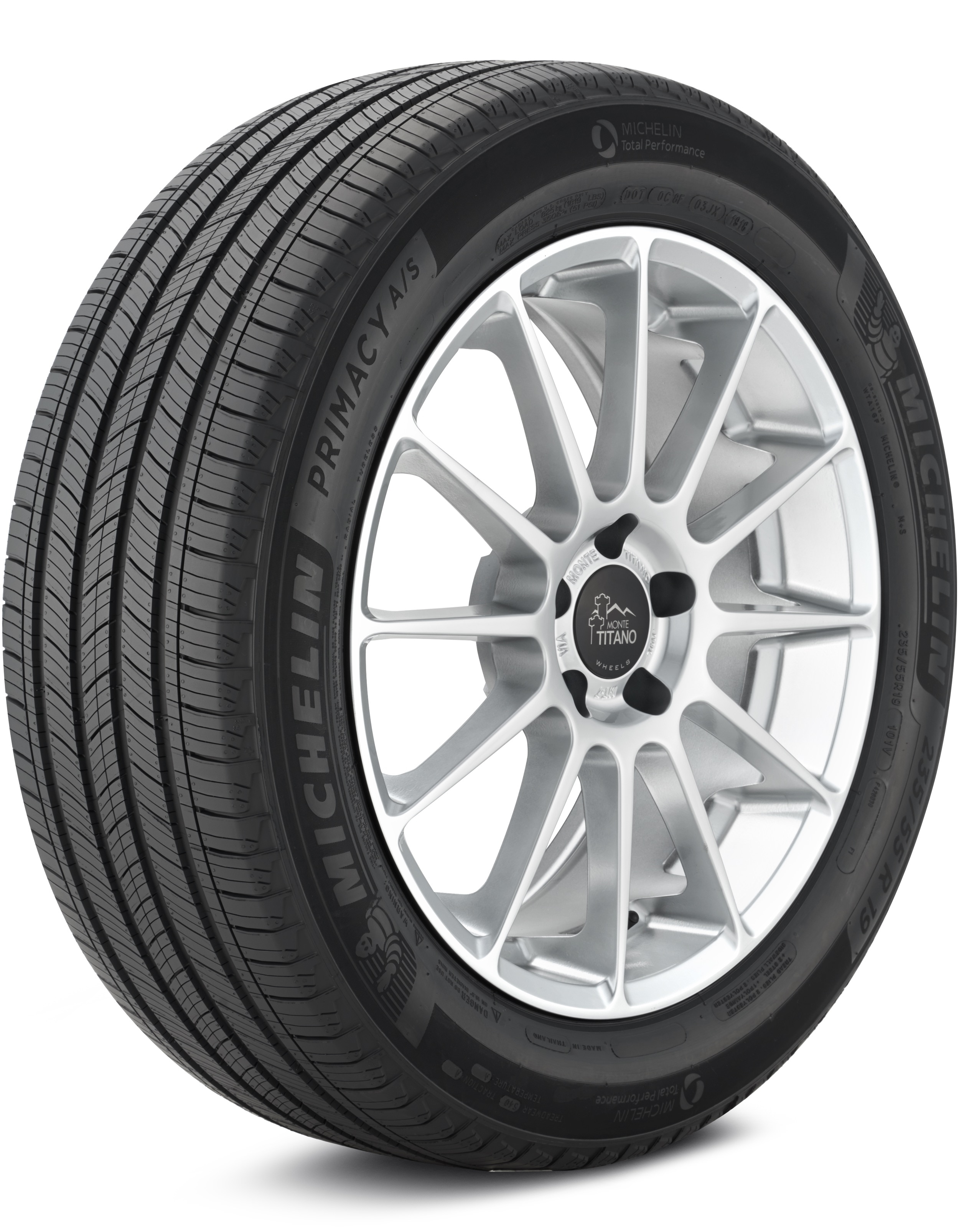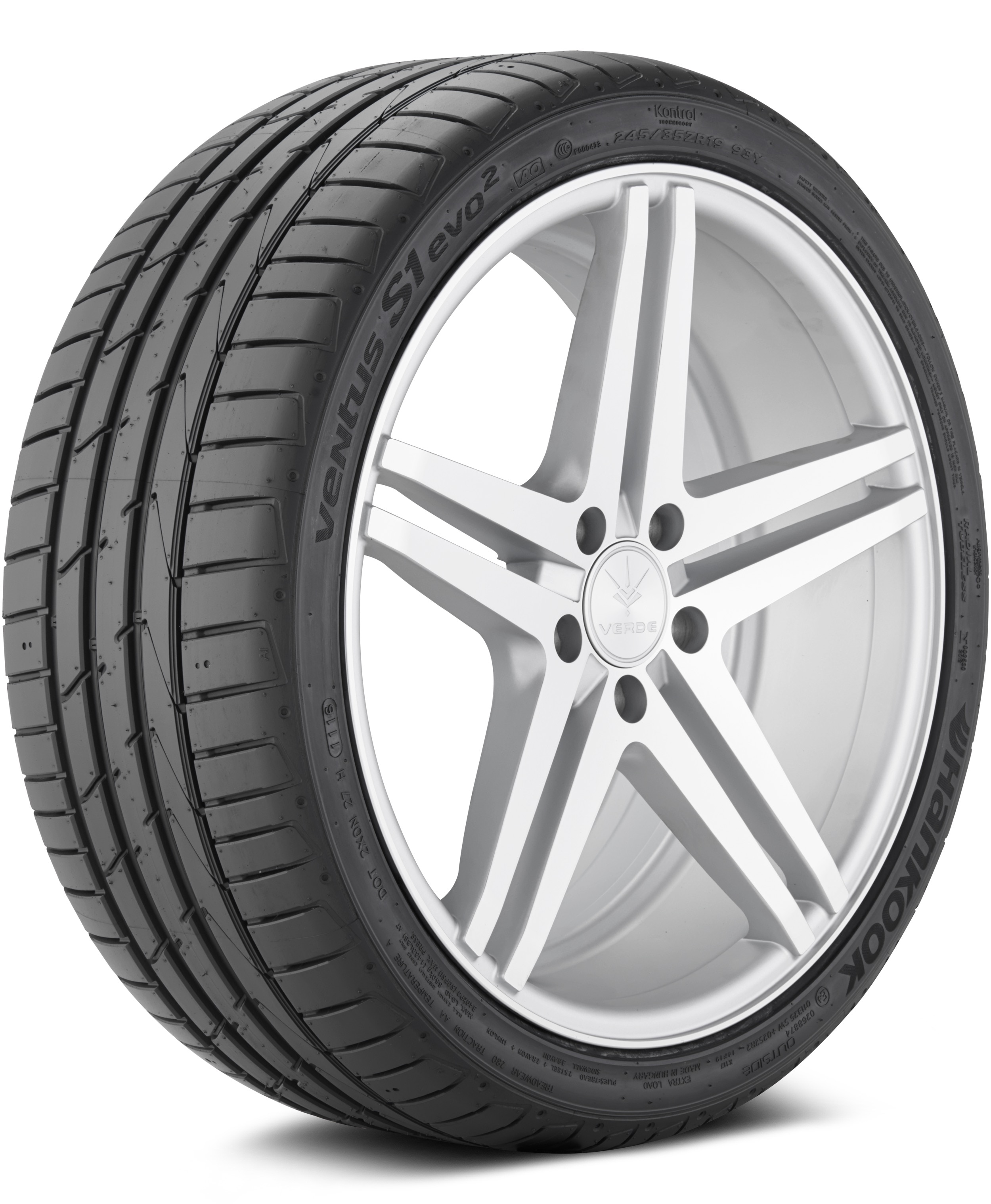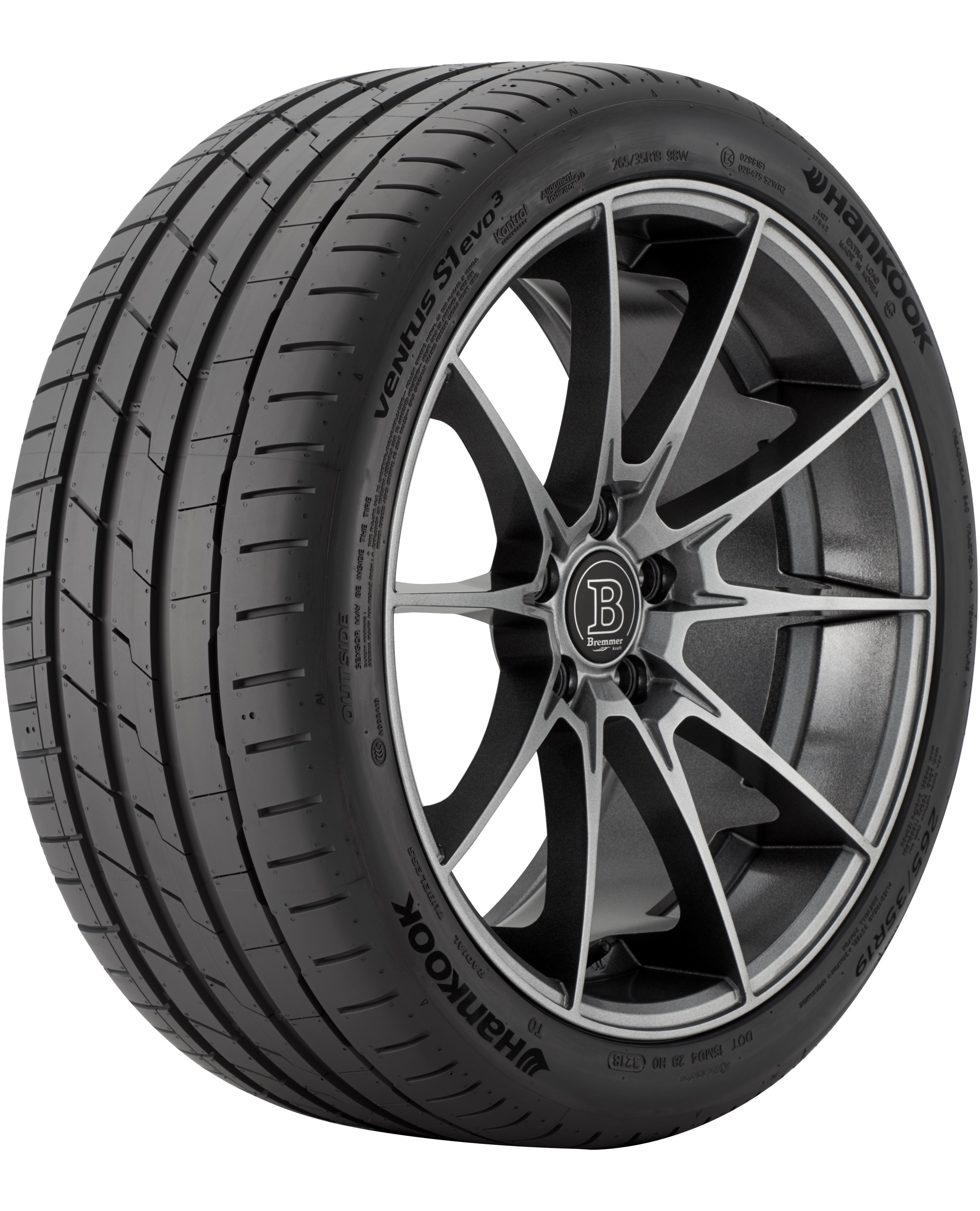For drivers who love to step on the pedal and accelerate, the difference in size may not be significant. In this case, a 16 inch tire will provide the driver with better gas mileage as it does not have as much surface area as a 17 inch tire. A larger tire also means that there is more weight on the suspension system making it more likely for your car to lose traction easily.
Want to go off-roading and wondering what type of tires would best serve your purpose? If you want to improve your experience while heading off-road, you would need to find the most durable tires which can withstand rough terrain. 16-inch and 17-inch tires are some of the popular choices for this purpose.
In this article, we will compare the pros and cons of 16-inch and 17-inch tires for off-roading so you can decide which one suits you best.
Comparing 16 Inch Tires Vs 17 Inch Tires
Both tire sizes have their benefits and disadvantages. The larger sidewalls of 16-inch wheels will make driving more comfortable. Smaller wheels offer a better contact patch and better traction. 16-inch tires are cheaper in comparison and also come with more variety. These are great for off-road driving but they can be problematic for on-road driving. Due to their bigger sidewalls, they can lead to some handling problems.
17-inch wheels are larger so could fit bigger brakes to your off-roader. The larger tires can improve the towing capability of the vehicle. As they have shorter sidewalls, it affords stable handling for on-road driving. They are also heavier and increase the unsprung mass, which can put a strain on the suspension and brakes.
The difference between the 16-inch tire and 17-inch tire is listed below:
| Features | 16-inch Tire | 17-inch Tire |
| Average weight | Around 27 Pounds | Around 61 Pounds |
| Section Width | 215 | 285 |
| Height | 27 | 33 |
| Rim diameter | 16 inch | 17 inch |
| Tread depth | 14 32nd | 19 32nd |
| Style | General Grabber AT/X | Cooper Discoverer STT Pro |
| Aspect ratio | 45 | 70 |
| Load index rating | 100 | 121 |
| Construction | Radial | Radial |
| Speed rating | R | Q |
| Price | Below $150 | Below $300 |
| Best Picks | Hankook Dynapro AS RH03 245/75 Continental 215/60-16 Hankook Ventus S1 evo3 205/45-17 XL | Michelin A/S 225/65-17 Hankook S1 evo3 205/45-17 Continental 225/55-17 |
16-Inch Tire Features Pro & Cons
Trade Design: These tires are made of strong materials so they are quite tough and durable, especially on rough roads full of rocks, potholes, mud and snow.
Construction: These tires are constructed with the new and improved Radial method. So these are very stable on roads and terrain and well-suited for off-roading.
Rim Diameter: 16 inch tires are made for vehicles that have 16 inch rim. Though they can be fitted in a larger rim, it is better to tire of perfect fit.
Aspect Ratio: 16 inch tires can have an aspect ratio up to 75%.
Width: These tires can have a width range from 8.7” inches.
Pros:
- Larger Sidewalls, so make for a comfortable ride.
- Smaller wheels so better contact patch and Better traction
- Cheaper in price
- More varieties available
Cons:
- Not very good for on road driving, can be a little unstable.
Here I’ve the best tire deals for 16-inch
17-inch Tire Features Pro & Cons
Trade Design: These tires are robust and durable, and with their self cleaning design, can be used in any mud or soft terrain.
Construction: These tires are made of a strong chip and tear-resistance material, and they have been constructed with the Radial method. Which make them long lasting and perfect for both on and off road driving.
Rim Diameter: These tires are made for vehicles with 17 inch Rim. Though they can be used for both a size larger and a size smaller rims. But in that case, you should consult a specialist, because it might need some adjustments done.
Aspect Ratio: 17 inch tires can have an aspect ratio up to 70%.
Width: These tires can have a width range from 8.7” inches.
Pros:
- Smaller Sidewalls, so good for both on road and off road drive.
- Larger tires improve towing capability
- With large tires, you could fit larger brakes
- More load bearing capability
Cons:
- More Expensive
- Bigger tires so more weight,
- Low-Profile tires can be damaged easily.
Get the best 17 inch tires in 2023
Frequently Asked Question(FAQ)
Q. Are 16 or 17-inch wheels better?
Ans. Both 16- inch and 17-inch tires have their advantages and disadvantages. It depends on what type of vehicle you have, also what type of roads you will navigate.
Q. What’s the difference between 16 and 17-inch tires?
Ans. The main difference between the 16-inch tire and the 17-inch tire is its rim diameter. 16-inch one is 1 inch smaller than 17-inch. Also, 16-inch tires have bigger sidewalls and they are lighter than 17-inch.
Q. Can I use 16-inch tires instead of 17?
Ans. 16-inch tires may be used instead of 17-inch tires, but you must make sure there is enough clearance and space for the smaller tire. If not, then you won’t be able to use it, as it will affect other components and brakes of the vehicle. So you can conduct a test to check or you can consult a mechanic about it.
Q. What is the advantage of 17-inch wheels?
Ans. the 17-inch tires are larger and heavier than 16-inch tires. It can help if you need to stay grounded and carry more than usual weight. And it looks very good on vehicles.
Q. Can you fit 17-inch tires on 16-inch rims?
Ans. A 17-inch tire can be mounted on a 16-inch rim depending on compatibility factors, such as brakes, wheel well clearance, backspacing, hub bore size, lug nut pattern, and so on.
Q. Can I use 17 tires instead of 18?
Ans. You can use a 17-inch tire in the 18-inch rim, as long as they are compatible, and maintain the same outer diameter. And they are not clashing with any parts, Also you have to keep in mind if you do it your fuel consumption will increase and the speedometer might not work as well as before.
Q. Are 17-inch tires good for snow?
Ans. 17-inch tires are good but if possible try using a smaller tire that is compatible with our Vehicle. Many car experts advised using a smaller tire during winter, especially when snows. But you would also have to keep in mind the OEM while deciding on snow tires.
Q. Benefits and weaknesses of 16inch vs 17-inch wheels.
Ans. There are quite a few benefits and weaknesses of 16-inch and 17-inch tires. 16-inch tires make for more comfortable rides, great for all terrine drives, better for traction also, cheaper. On the other hand, they might not be very good for the regular road.
17-Inch tires are heavier, so they can keep the vehicle grounded, it is bigger so good towing capacity. But they have shorter sidewalls, so they might not absorb the road shocks as well as 16-inches. they are way more expensive. Also, their weight can add unsprung weight.
Q. Is there a difference between driving on 17-inch and 16-inch wheels?
Ans. Driving on a 16-inch tire versus a 17-inch tire is that the 16-inch tire has bigger sidewalls, which are more shock absorbent on rough roads, they can give a more comfortable drive than 17-inches.
Conclusion:
So this was the article about the difference between 16-inch tires and 17-inch tires. Hopefully, it has given you some ideas about the basic difference between these two tires. And it will help you to decide, which type of tires will best serve your purpose.
To conclude, we can say that, both tire sizes have their benefits and disadvantages. The smaller 16-inch wheels come with tyres with larger sidewalls that filter out road shocks better than the larger 17-inch wheels. While smaller wheels look sleeker, smaller sidewalls make 16-inch wheels less convenient to drive on.
